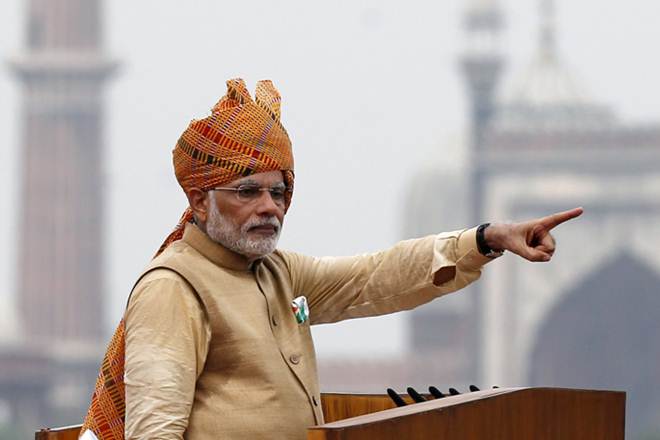Narendra Modi government will complete its four years on 25 May 2018. During these four years, Modi government has launched several welfare schemes for the benefit of poor and marginalized section of the society. One such major initiative taken by the Modi government is Pradhan Mantri Jan Dhan Yojana which was launched with the objective to fasten the process of financial inclusion and also to ensure access to various financial services like availability of basic savings bank account, access to need based credit, remittances facility, insurance and pension to the hitherto excluded sections i.e. weaker sections and low income groups.
The plan envisages universal access to banking facilities with at least one basic banking account for every household, financial literacy, access to credit, insurance and pension facility. In addition, the beneficiaries would get RuPay Debit card having inbuilt accident insurance cover of Rs 1 lakh. The plan also envisages channeling all government benefits (from Centre / State / Local Body) to the beneficiaries’ accounts and pushing the Direct Benefits Transfer (DBT) scheme of the Union Government. The Jan Dhan Yojana has been a roaring success. Even the Guinness Book of World record has recognized the success of Jan Dhan Yojana.
Under the Jan Dhan scheme, 315 million accounts have been opened. Around 60 percent or 185.8 million accounts have been opened up in the bank branches of rural and semi-urban areas. 815 billion is the total amount deposited in these newly opened bank accounts with average balance of Rs 2,377 per account. According to World Bank report, the gap between the rich and poor in ownership of the bank accounts is declining. Bank account penetration among the adults in the poorest 40% of households is up by 30 percentage points.
More than half of these accounts were opened by women indicating greater financial inclusion of womenfolks. According to World Bank reports, in 2014 chances of men having bank accounts was 20 percentage points more likely than women. By 2017, the gap was drastically down to a mere 6 percentage points. This is a huge boost to women empowerment. Jan Dhan has also led to the decrease in leakages mainly because of linking these accounts with Aadhar and Mobile Phone (JAM). Leakage of pensions has dropped by 47%. The poor sections of the society have been left out of the banking sector despite the nationalization of banks by Indira Gandhi regime. Before Jan Dhan scheme, no serious attempts were made to bring the people from marginalized section into the banking sector. They have been deliberately kept away from the banks. Linking the Jan Dhan account with Aadhar and Mobile helps to facilitate cashless transfer directly to the bank account eliminating middle men. Gas subsidy or any other compensation will be directly transferred to the bank accounts of the poor. Schemes like these are empowering the downtrodden at a large scale. This success story of Jan Dhan should now silent its critics and those who ridiculed it.
Modi government has launched many other schemes for the empowerment of poor like Pradhan Mantri Ujjwala Yojana, Saubhagya, Atal Pension Yojana, Ujala scheme, Pradhan Mantri Jeevan Jyoti Bima Yojana, Pradhan Mantri Fasal Bima Yojana, Pradhan Mantri Suraksha Bima Yojana and Mission Indradhanush. Despite being labeled as “Suit-Boot” ki sarkaar Modi government is working day and night. And self-declared messiah of poor are busy in doing Vipasana in Thailand.
